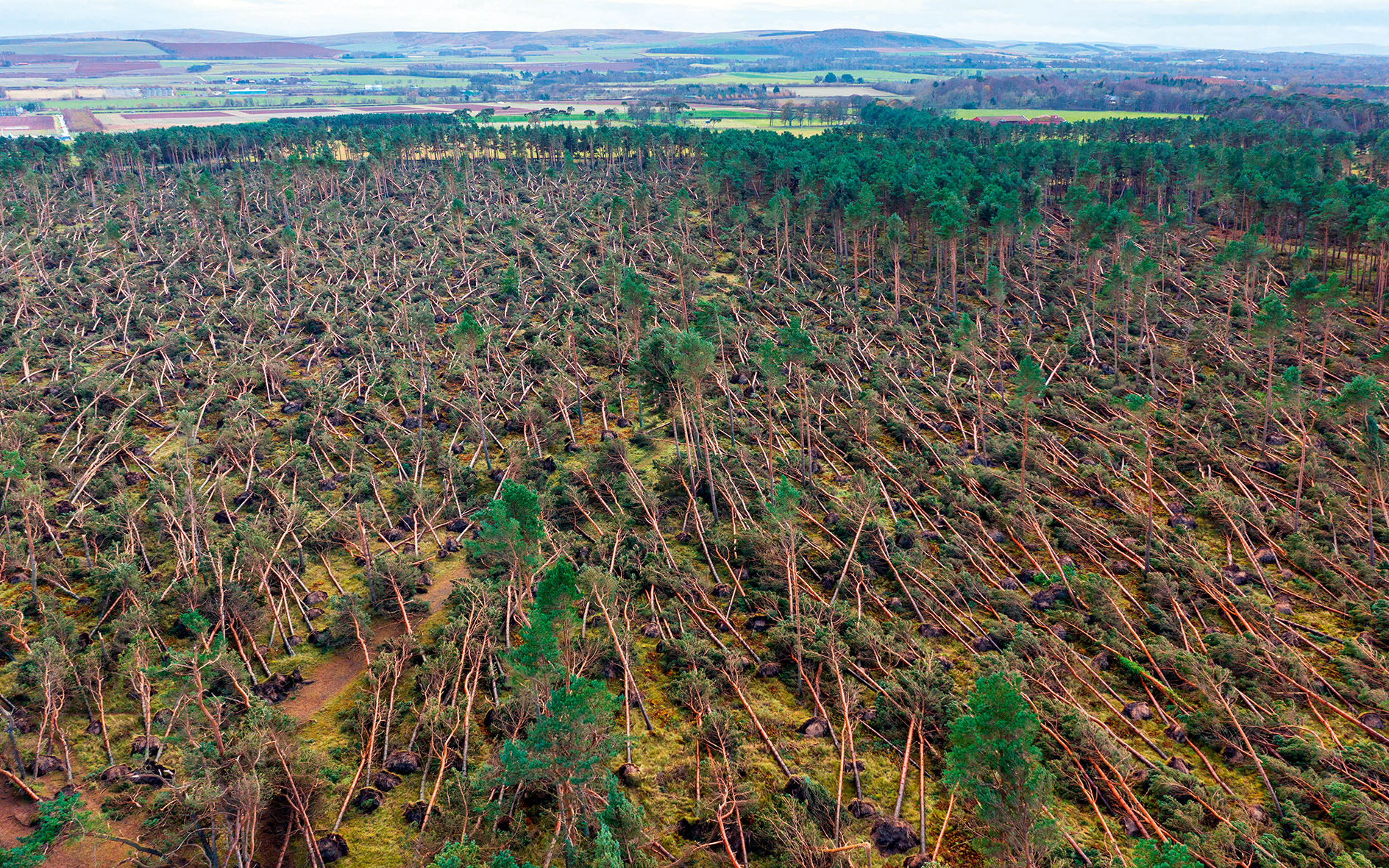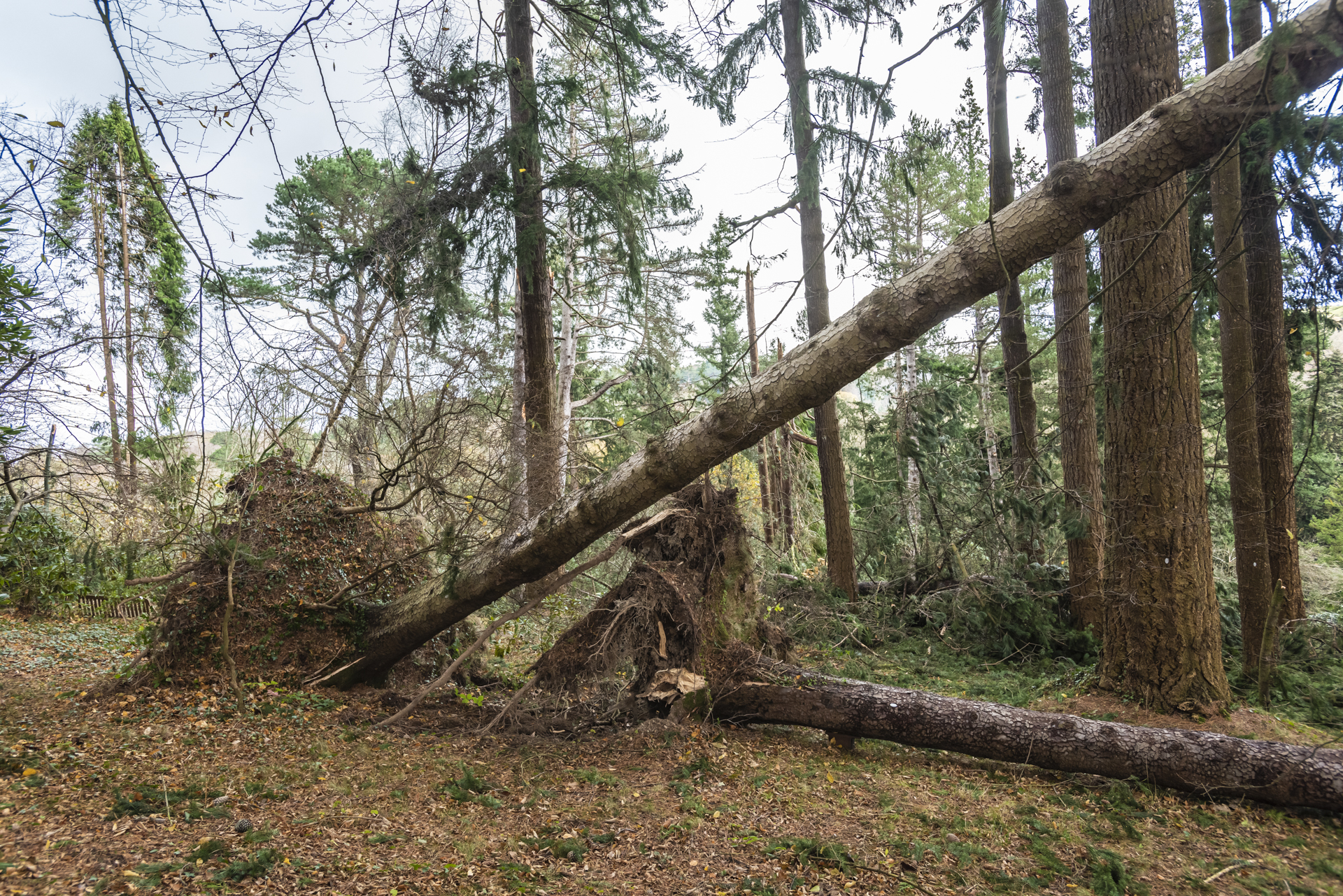Climate change means we need new approach to tree planting or we'll keep losing them in storms, says chair of Forestry Commission
Britain needs to think again about its plans for tree planting, according to Forestry Commission data. Stuart Martel reports.

A fresh approach to tree planting is needed to safeguard our woodlands against climate change, says Sir William Worsley, chair of the Forestry Commission, as new figures reveal the full extent of the damage caused by storms across Britain last winter.
Sir William suggests that woodland owners should be encouraged to plant and manage more diverse and resilient forests of varying ages and species of trees to mitigate stronger gales, drought, pests and diseases, as well as more frequent severe weather events.
Forest Research-led mapping has revealed that almost 31,506 acres of trees were lost in storms last winter in Britain, with some 22,980 acres of damage in Scotland and 8,278 acres across England. The main culprit was Storm Arwen, an extra-tropical cyclone that blew across Britain overnight on November 26–27, 2021, accounting for 30,055 acres of tree loss.
Although it is estimated that more than 90% of trees felled as a result of storm damage will be replanted, Sir William is calling for a rethink on how that work is carried out to ensure the long-term prosperity of our woodlands.
‘The figures highlight the challenges we are facing with a changing climate and more frequent and extreme storm events,’ he points out.
‘The woodlands of the future need to be planted and managed differently if they are to not only survive, but thrive. Now and in the long term, we need a wider range of tree species and age profiles across the country. This targeted approach will ensure the long-term resilience of our precious woodlands.
‘At a national scale, the level of loss is comparatively modest, but the loss of trees can also have a devastating impact on individual woodland owners and we continue to support the forestry sector and partners with their recovery from winter storms.’
Exquisite houses, the beauty of Nature, and how to get the most from your life, straight to your inbox.
A farmer's view of Storm Arwen:'I surveyed the shattered wreckage of a wood I remember planting with my father one school holidays'
Jamie Blackett's dispatches from Storm Arwen and the havoc it wreaked.
